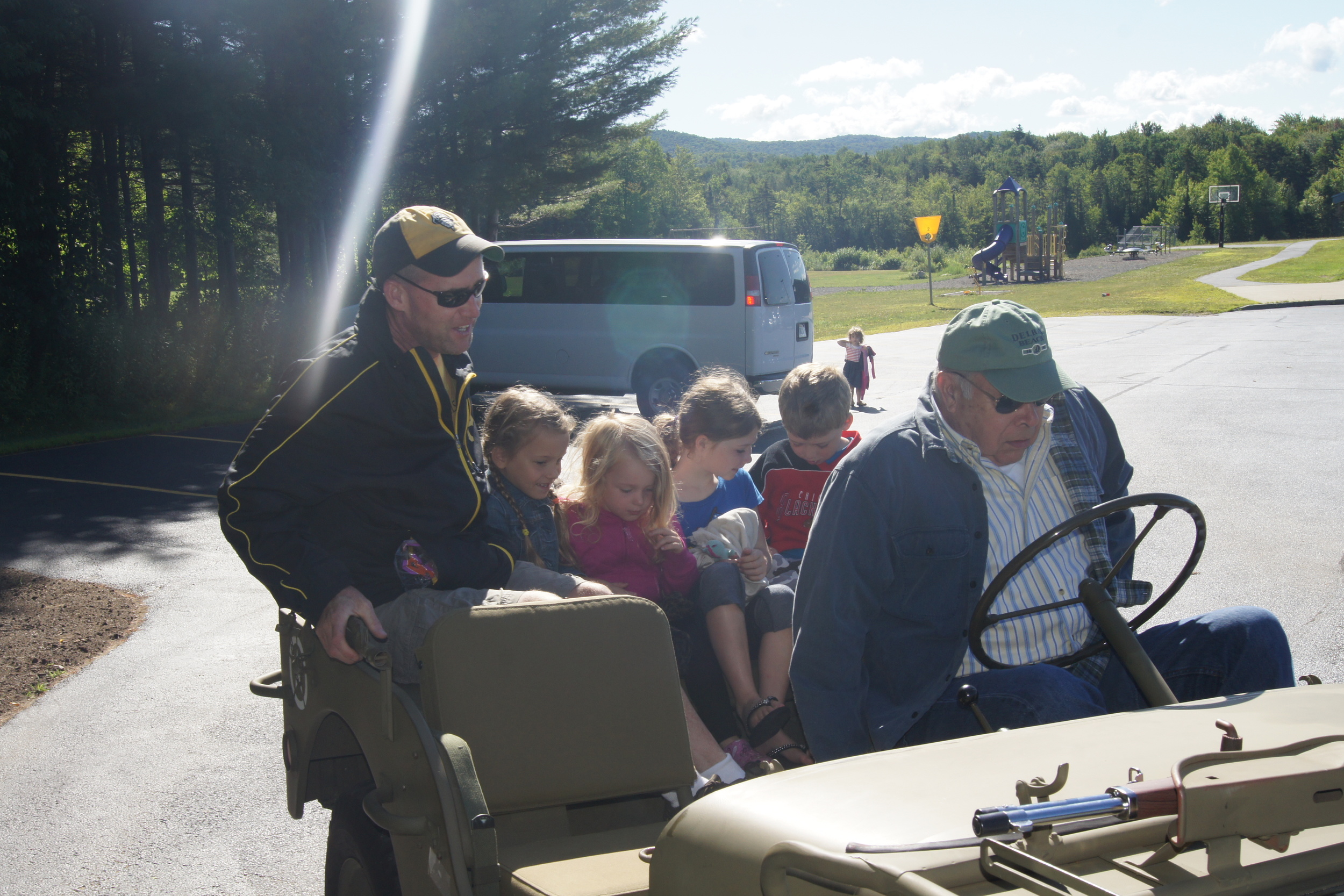Last Time
/




Partners,
Things are slowing down a bit at Hess Family Farm. This past Wednesday Marcus replanted, for a second time, 40 acres of flooded creek bottom. We have not had rain since the last time the creek flooded. We'll now spot plant in some drowned out areas in a few bean fields--not as bad as the corn but we'll plant to keep a crop growing in the field and keep weeds at bay. We finished side dressing NH3 a week ago and the corn fields have really responded to the opening of the ground with the anhydrous knives. We still have the potential for some good yields but the weather for the next 4 weeks will make or break the crop. Some of the lighter timber soil that struggled to emerge is showing unevenness of stand and not growing very fast or even. We got our grass hay for the heifers baled this week along with the second cutting of alfalfa. I attended the Illinois Forage Expo and entered a first cutting alfalfa sample that won its class! We have been keeping the excavator busy repairing tile lines. We are also regularly delivering corn to the local feed mill for processing into hog feed. The never ending job of spraying weeds and mowing are also underway.
The commodity market is heating up with the weather issues on the horizon--corn is at an 11 month high. The new administration stance on several issues is causing a lot of apprehension in the ag sector. Determining what the path for immigration, infrastructure funding, ag trade, and the funding for the next farm bill are looming large. It is evident that our political clout is shrinking and we must use our ammo wisely. The story here in Illinois is the same.
Family is doing well and running full speed into summer activities. There is softball, camping, college visits, summer camps, and squeezing in some vacation days all on the docket. As usual it seems summer will be over before we know it and school back in full swing.
Fall prices:
Corn 3.74
Soybeans 9.23
Keep in touch and stay cool! I'll try to update more regularly about how the weather is progressing.
Steve



















































